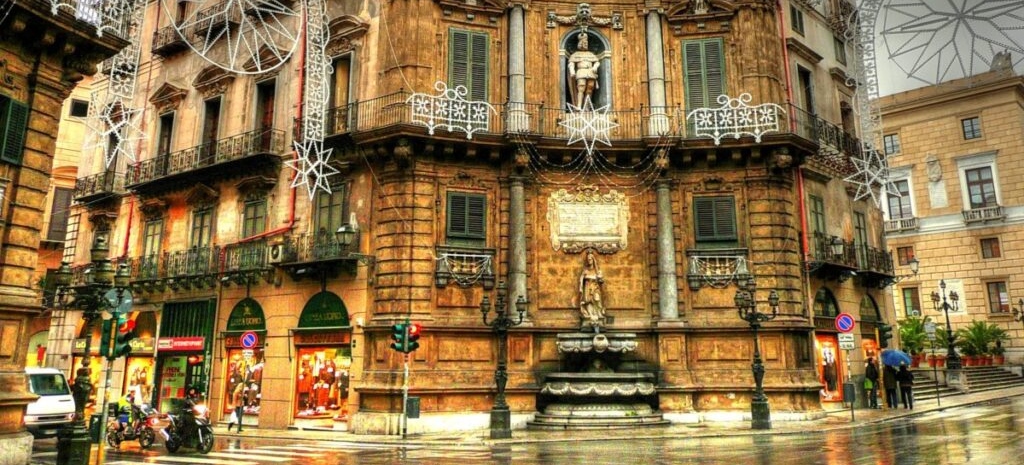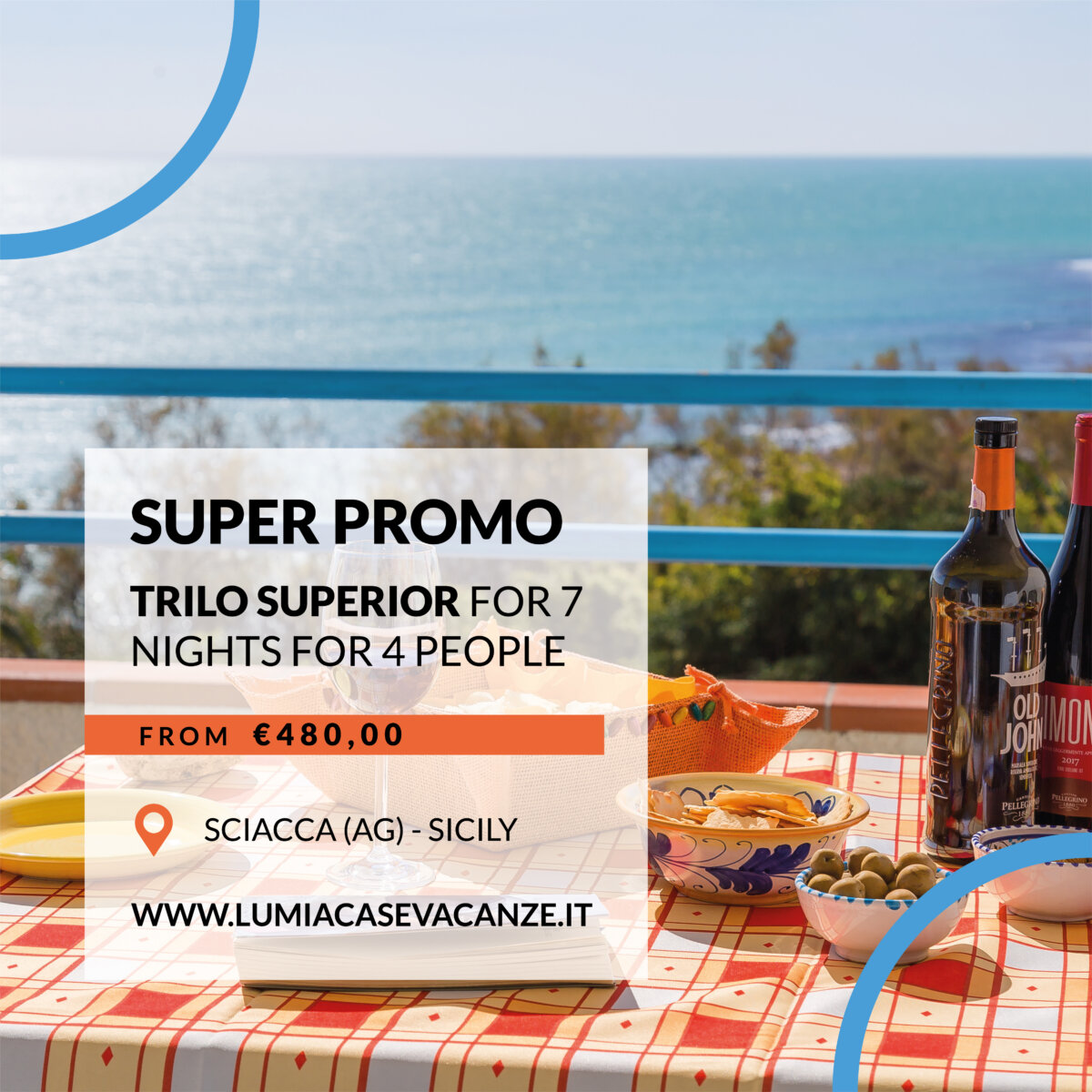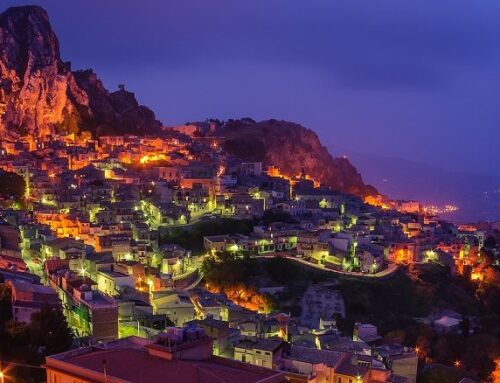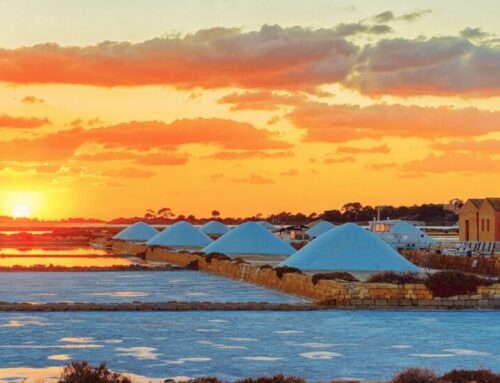PALERMO
(96 km away) Tied to Carthage after the Himera war of 480 BC,
Palermo gains more and more importance in the political scene of the island,
power that comes to decline only in 254 BC. with the Roman conquest that moves the capital of the Province of the Empire to Syracuse.
In 831 Palermo passed into the hands of the Arabs who made it a splendid city, but it was from 948, when Sicily became an emirate, that Palermo reached its maximum beauty as a cultured and refined capital.
The subsequent domination, the Norman one, occurred in 1072 reconfirming the importance of Palermo,
of the power of its nobility and its clergy, which between various historical events will remain forever the capital of the island.
The historic and artistic heart of the city is represented by the districts that gravitate around the two main arteries: via Vittorio Emanuele and via Maqueda which meet at right angles in the famous “Quattro Canti” due to the four rounded corners of the Baroque palaces that overlook them , adorned with statues and fountains.
Nearby is Piazza Pretoria with the imposing Palazzo Senatorio or Palazzo del Municipio, also known as Palazzo delle Aquile, the church of S. Caterina and the grandiose Pretoria fountain.
Below you can admire the Martorana church,
also called Santa Maria dell’Ammiraglio, a precious jewel of Norman art, built in 1143.
Adjacent to the villa Bonanno, on a hill stands the Royal palace or Norman palace,
which represents one of the most important monuments of the city for historical-artistic importance.
In 1130, Roger II became king of Sicily and made it his magnificent palace,
enlarging it and building the Palatine chapel, a casket that brings together the highest expressions of the art of three civilizations:
the Byzantine, the Arab and the Norman.
A visit to Palermo includes an obligatory stop at the Cathedral, built in 1145, which presents an overlapping of styles given by the additions that have taken place over time. Other evidence of the presence of the Normans in Palermo is given by the church of San Giovanni degli Eremiti, the Zisa and the Cuba.
Very suggestive to visit two places of different types: the Capuchin catacombs and the characteristic “Vucciria” market.













